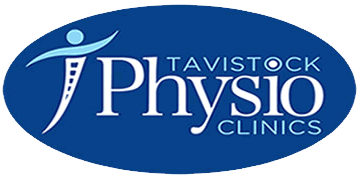Neck Pain
A 'Pain in the Neck'
Neck pain may be caused by poor posture, arthritis, accidents causing trauma. ‘Whiplash’ is a term used to describe neck pain resulting from an incident when the head is thrown violently forwards and back, as sometimes happens in car accidents. Some case are caused by muscle spasm, a bulging disc, sleeping in an awkward position or even a sudden movement of the head.
Neck pain, like back pain is commonly experienced by large numbers of the population at some time in life. Most cases of neck pain will recover over the space of a few days, with rest and use of common anti-inflammatories. However some cases are persistent, debilitating and prone to recur from time to time. These cases can really benefit from physiotherapy, to speed up recovery and help prevent re-occurrence.
Onset of neck pain can be sudden or gradual, with a variety of causes.
Common symptoms of neck pain
- Pain in the region of the neck or upper / mid back
- Limited movement of the neck, either sideways, up and down or ear to shoulder
- Radiating Shoulder, elbow or arm pain, often bilateral.
- Pins and needles, numbness in the arms/hands or weakness of grip.
- Headaches
Your treatment plan will be based on the findings of your assessment and address your concerns. It will typically consist of a combination of hands-on therapy, acupuncture, exercises, as well as ergonomic and postural advice.
Regular Massage can also aid in preventing re-occurrence of neck pain, by reducing muscle tension, improving flexibility and relieving any painful and overactive areas.
What types of treatment are available?
Below are some of the more common treatment modalities that we use at our clinic to treat neck problems. These are frequently combined in various ways, depending on the requirements of each individual case.
- Mobilisation of the spinal joints. In some cases, careful manipulation of these joints may be appropriate.
- McKenzie treatment methods.
- Muscle energy release technique.
- Postural & ergonmic advice
- Rehabilitation strengthening of ‘core’ muscles.
- Acupuncture or ultra-sound for pain relief.
- Specific soft tissue massage.
- Myofascial soft tissue release.
- Kinesio taping.
- Clinical Pilates.
- Massage.
